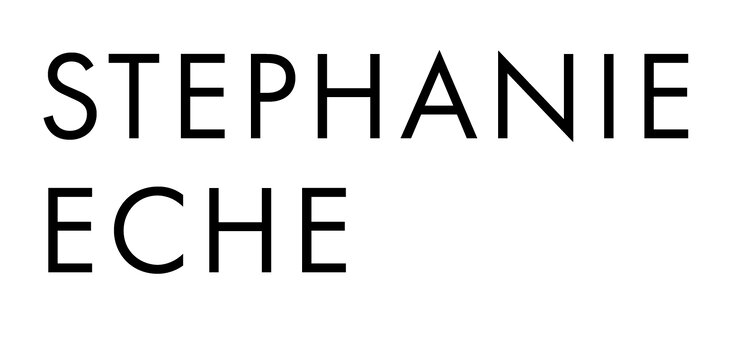This might be a little bit of a ramble, so bear with me.
I just went to a chat at the Hirshhorn called Lunch Bytes #38: On hype-cycles, post-internet, and how the digital became fashionable. I heard about the event through the Goethe Institut email newsletter.
I arrived a tiny bit late to a very empty auditorium. There was a podium set up and chairs for a panel discussion. The talk featured Karen Archey, art critic and curator, Adam Cruces, artist, and Vivien Trommer, curator, and was moderated by Melanie Bühler, curator and creator of Lunch Bytes. After a short introduction by Melanie, each speaker went up to the podium and presented a powerpoint. To be honest, the first powerpoint by Karen was a bit rough, with slides packed full of text from press releases. Adam's slideshow was purely visual, with examples of his own artwork and collaborative projects he's worked on. Vivien's had the most aesthetically-pleasing slideshow which framed her point and gave nice examples via clean visuals. (I bring up their powerpoints because I'm always shocked by the wide range of presentations that can be given at one talk - both in actual content and visual presentation). Afterward, there was a roundtable discussion and then questions from the audience.
I found it really interesting that some of the themes discussed are simply cultural truths at this moment in time. For example:
the internet itself does not ensure democratization
This is pretty clear. Just because anyone with an internet access (which, let's remember, is not everyone) can upload, manipulate or share, does not mean art is any more accessible or that it's much easier to be discovered as an artist. Perhaps, circa 2008 at the beginning of web 2.0, the internet did serve as a democratic platform for a brief moment in time when social networks hit the tipping point of popularity and it was still a relatively novel thing to create inclusive groups online, but now, with the complete overload of content and micro-curation, it's not. Chance and popularity still play huge roles in who sees what and how art becomes valued.
the attention economy: commodified everything
I'm not sure if Vivien coined this term or not, but her whole presentation focused on the idea of the attention economy, which I really love. I don't love that it is the current law of land, but I love that she's thrown it out there and basically said - let's be real, attention is what matters. Art, as is most everything right now in the culture realm, is commodified and ranked according to how much attention that particular artwork, artist, writing, song, brand...etc. can get. It's wonderful that you can promote your artwork on Instagram - but at the end of the day, you need enough attention (most of which can be tracked and reported on via followers, likes, shares, comments) in order to be seen and thus gain more attention, and so forth. The fact that most of the algorithms that rule the internet are measuring attention given to a site or post, means this will only get more pronounced over time. Even the notion of how Google ranks websites is essentially based on attention - if a site gets more views due to being more helpful or more relevant than another site, it will rank higher, ensuring it gets more views, and thus rank higher, and on and on. I'm kind of baffled by this - the internet doesn't really help us find things we wouldn't other wise find, or things that are unknown, but rather is increasingly being configured to help us find things we already know we want to see. Bummer right?
international art cities (hubs) still rule art world
It's kind of crazy, but even though we can virtually connect all over the world using the internet, the panelists basically confirmed that you still have to have a physical presence in major art hubs - namely international cities - in order to be known, and presumably successful, as an artist. Now, as one speaker said this she also advised you shouldn't care about what other people are doing and just keep focusing on your own work and improvement, but the underlying message is, you still gotta move if you want to be a ~working artist~. So - while a certain class of artists, curators, critics and collectors travel the world from show to show, everyone else is meant to either sit back and watch, probably via Instagram + Periscope, happy producing or writing for their own personal enjoyment in non-international city OR pack up and move to NY, Berlin, Vienna, etc. This seems a little nuts, right? I mean, I get it, art still functions in this global-class-exclusive way, but why not send a different message? Like, artists! curators! critics! collectors! Start something wherever you are - put together a show, exhibit your work to friends, write about the small art movement in your town that no one cares about. Do it, do it and keep doing it and yeah, maybe you'll never have a show at the Whitney, but at least you are creating art and a community of artists and art enthusiasts in your town, which is probably making the world a better place. That's what I would have said, at least.
Alright, there was so much more, but this is all I've had time to digest.
What do you think? Are these speakers crazy, am I crazy, or do you agree?
Hirshhorn Museum and Sculpture Garden, 8pm, Washington, DC


